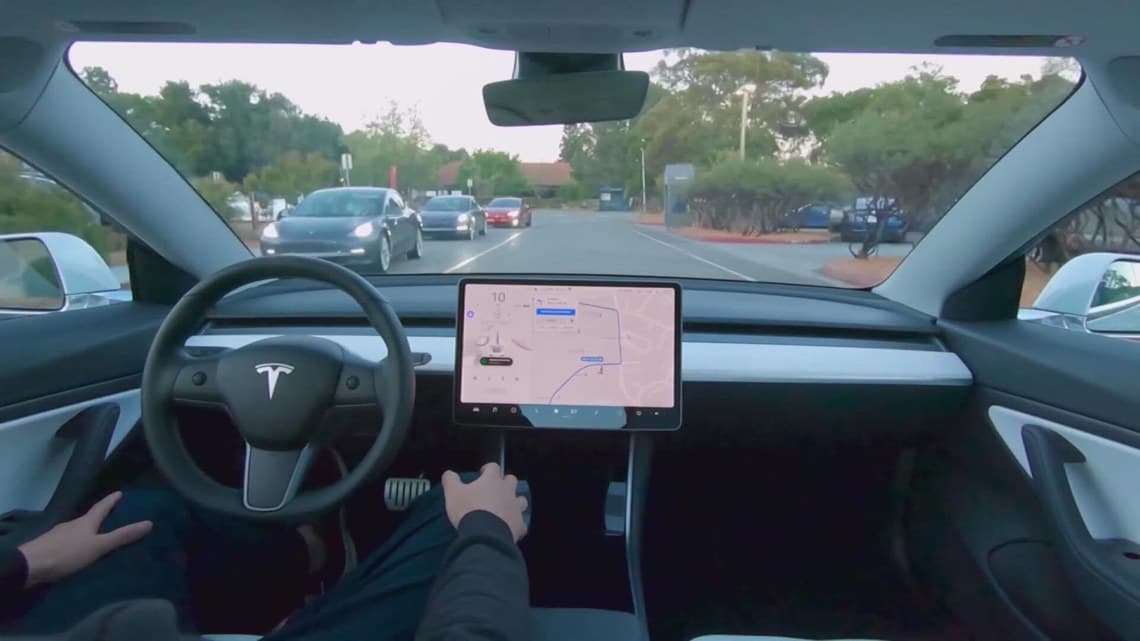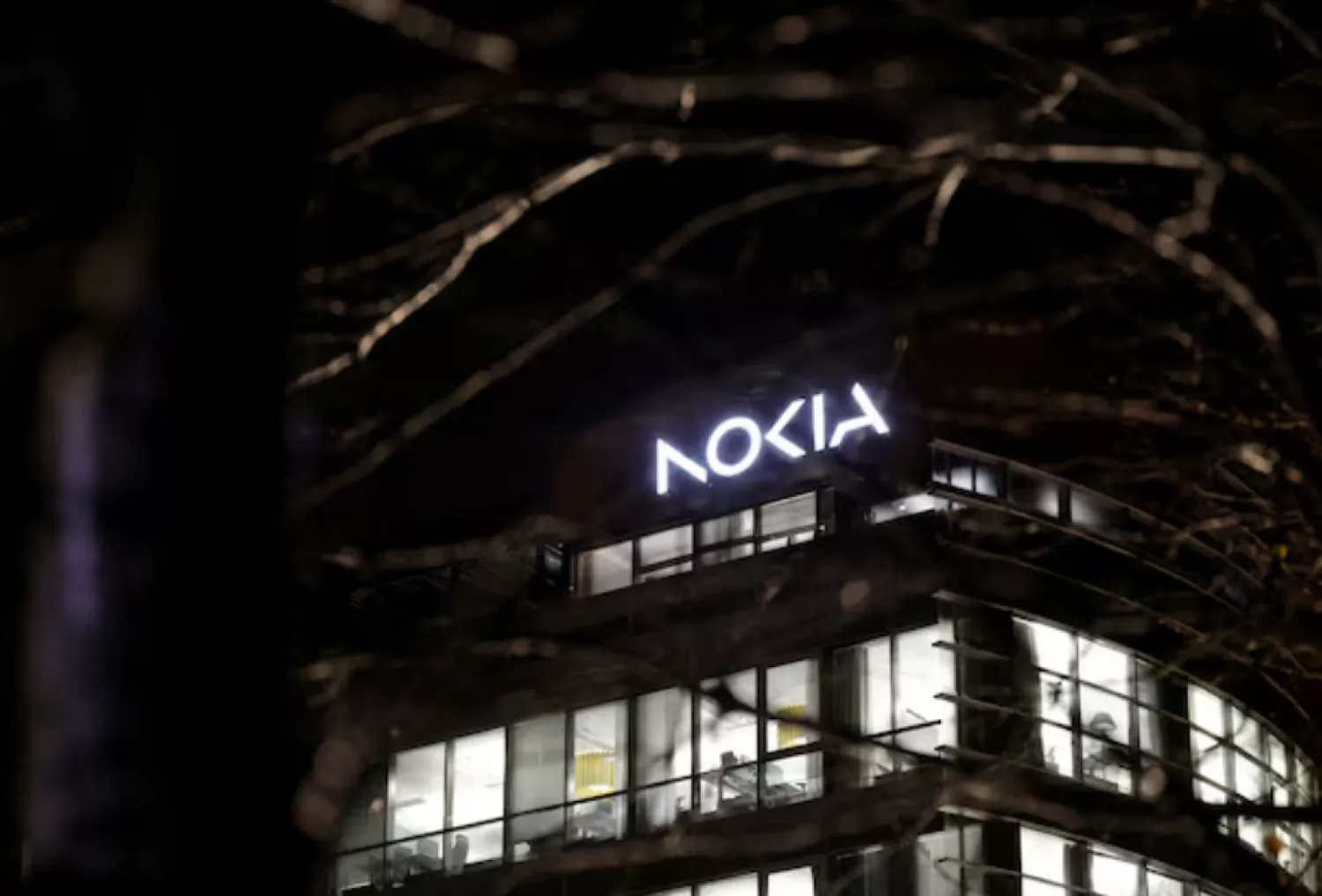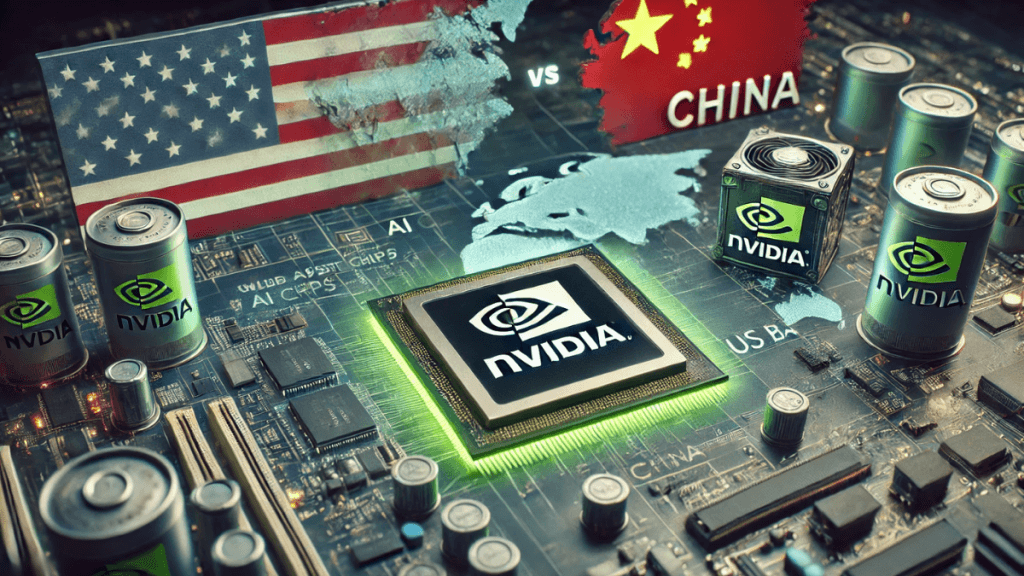Arizona clears permit for Tesla to expand monitored robotaxi service
Arizona regulators have issued a transportation network company permit that allows Tesla to expand a monitored autonomous rideshare service in the Phoenix area, a move that could accelerate the company’s robotaxi ambitions. The decision imposes operational safety conditions and monitoring requirements, and it is being watched closely by rivals, safety advocates and investors as the regulatory path for autonomous services evolves.

The Arizona Department of Transportation has issued a transportation network company permit that clears the way for Tesla to expand a monitored autonomous rideshare service in the Phoenix area. The permit allows Tesla to operate vehicles for the public with an Automated Driving System while a human safety monitor is present, enabling an expansion of testing and commercial operations in the state.
Regulators say the permit includes operational safety conditions and monitoring requirements that Tesla must meet as it scales service. The issuance marks a significant regulatory milestone for Tesla’s longer term plan to offer robotaxi services, coming after earlier local permissions for limited autonomous operations in other U.S. jurisdictions. By formalizing a framework for monitored public operation, Arizona has placed itself at the center of a national experiment in how autonomous mobility can move from pilot projects to broader consumer deployment.
The permit puts several practical demands on operations and oversight. Authorities will require ongoing monitoring, data reporting and adherence to safety protocols while vehicles operate with a human supervisor on board. Those conditions reflect persistent regulatory concerns about passenger safety, system reliability and accountability when vehicles run with a high degree of automation. Arizona’s approach is intended to balance support for technological innovation with requirements intended to protect the traveling public.
Industry watchers say the decision will be scrutinized by competitors developing their own autonomous rideshare models and by investors tracking commercial viability. For Tesla, the permit offers an opportunity to expand real world miles and gather crucial operational data under formal regulatory oversight. For rivals, the move sets a precedent that could influence permitting strategies elsewhere and shape competitive dynamics in the race to build scalable autonomous fleets.
Safety advocates are likely to press for rigorous enforcement of the permit conditions and transparent reporting of performance metrics. The presence of a human safety monitor in every vehicle is one immediate safeguard, but critics note that effectiveness will depend on training, monitoring systems and the ability to intervene during complex driving scenarios. Policymakers and insurers will also be watching how liability and risk are managed as the vehicles operate with members of the public aboard.
The broader societal implications are significant. If Tesla and regulators can demonstrate safe, reliable operation under the permit conditions, the Arizona model could accelerate public acceptance and regulatory adoption of similar frameworks nationwide. That would have consequences for urban mobility, labor around vehicle oversight and the business economics of on demand transportation. If problems emerge, the episode could prompt tighter restrictions and slower deployment.
By issuing the permit, Arizona has signaled a willingness to host an expanded phase of commercial testing in a tightly regulated context. The coming months will reveal whether the operational safeguards and monitoring requirements are sufficient to ensure safety while enabling the commercial ambitions that underlie Tesla’s robotaxi plans.


